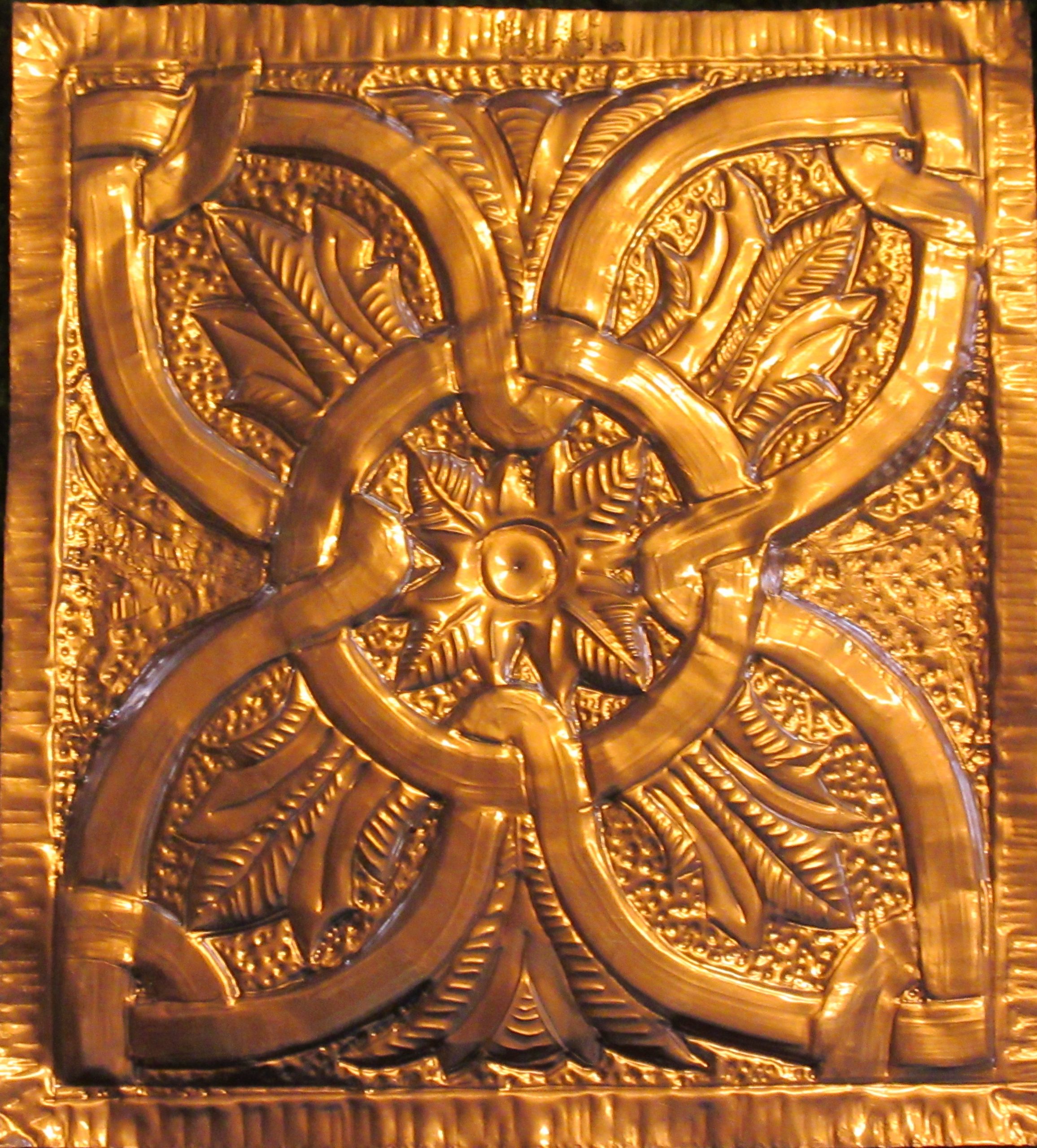Intermed. Blacksmithing – Forging Transitions & Set-Ups for Various Shapes
Adirondack Folk School 51 Main St., Lake Luzerne, NY, United StatesForging a bar of stock into a particular shape, be it a cooking utensil, latch or other items requires two things. First, you need to know how much material is necessary to create the shape, the "set-up", and second, how to forge out that shape, the "transition", ensuring that they are both graceful and structurally sound. This class will explore traditional 18th century forging techniques with an emphasis on set-ups and transitions by forging a smiple spatula for hearth cooking as well as a more complicated key-hole spatula. Later we will explore latch making with the same emphasis. And lastly, finishing of your work by filing it to bring out its beauty and add details. Many examples of latches and hearth cooking utensils will be available for students to examine. Students should have a wrking knowledge and bility to manage a coal fire, basic hand forging knowledge and the ability to forge weld.





